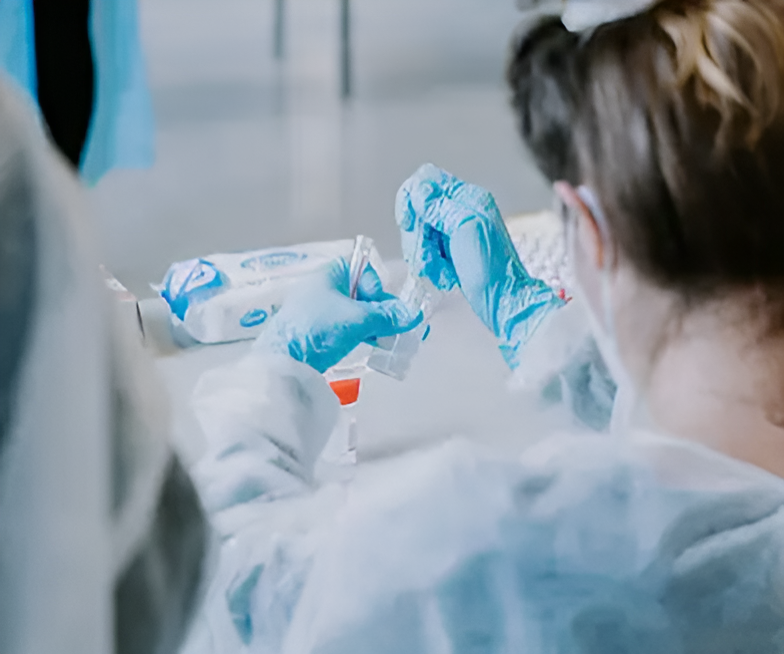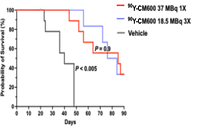Cancer: the wound that never heals
When a malignant focus of cells grows beyond about a millimeter in size, neovascularization is required to supply oxygen and nutrients. These new vessels are abnormal, with increased vascular permeability that results in extravascular coagulation and accumulation of fibrin within the tumor stroma. This extracellular microenvironment can enable tumor growth, and the fibrin matrix also may shield cancer cells from immune cells.
Lumina’s technology targets the fibrin that is present in the extracellular matrix of solid tumors and not normally present otherwise in healthy humans.

ABOUT LUMINA PHARMACEUTICALS
Our Mission
Our mission is to address critical unmet medical needs for cancer patients through the development of image-guided therapy paradigms by targeting fibrin in the tumor microenvironment.

OUR WORK
Lumina’s technology targets the fibrin that is present in the extracellular matrix of solid tumors and not normally present otherwise in healthy humans.
Cancer invasion into the vessels and increased vascular permeability results in hemorrhage, extravascular coagulation, and accumulation of fibrin within the tumor stroma, providing a versatile environment for tumor growth. The fibrin matrix also shields metastasizing cancer cells from immune cells.



RESEARCH
Gastric Cancer
Gastric cancer is among the five major global cancers that account for over 60% of total cancer-related deaths worldwide. Despite the progress in management of gastric cancer, the prognosis remains poor with a median overall survival of 12-14 months in patients with advanced disease.
Lumina’s gastric cancer program includes a highly specific peptide vector which binds to tumor stroma fibrin and is modified to incorporate either 64-Cu for PET imaging or the high-energy beta emitter 90-Y for targeted treatment.
